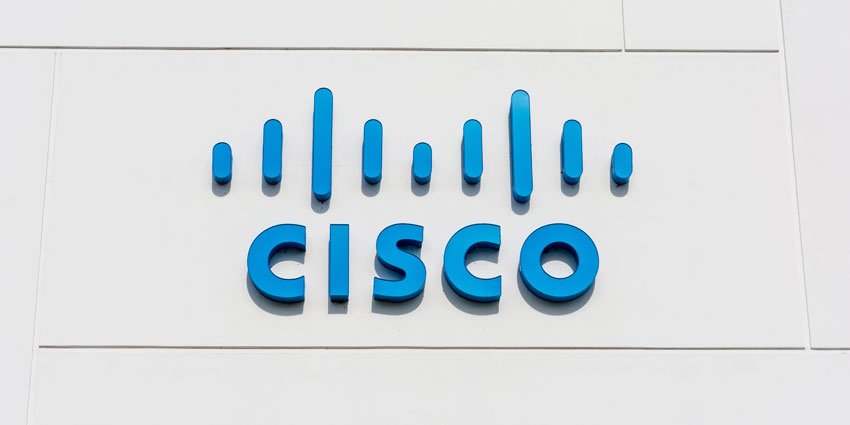Remember when the workforce was on site every day?
Everyone right there in plain sight; easy to see, easy to talk to, easy to manage?
Not anymore.
Opinion remains split over what the long-term future looks like but right now the hybrid and remote working model has changed everything; simultaneously throwing up workforce management challenges and efficiency opportunities.
Enterprises of all kinds and sizes are grappling with both sides of that coin but one thing is clear: a workforce that is managed well – particularly when it is largely remote – has a significantly higher propensity to deliver enhanced productivity and feel valued.
Furthermore, a well-managed and motivated workforce delivers a superior level of customer service, meaning the wins are everywhere.
Unsurprisingly, technology is rushing to help assist enterprises achieve all those goals. All they have to do is select the right provider partner.
“There are many tools and technologies available to enhance human resources management – they reduce errors and improve data accuracy, increasing the company’s forecasting ability and allowing for better real-time decision-making,” says Serena Durante, Marketing Manager at leading global contact center software provider XCALLY, whose omnichannel suite incorporates a powerful Workforce Management tool as standard.
“That kind of automation simplifies what can often be complex processes and can help deliver greater productivity, reduce costs, and improve the quality of service provided to customers. It’s all about matching the right personnel, with the right skills, at the right time, and in the right numbers. Ultimately, customer service excellence depends on a company’s ability to get all of that right.”
There are many different activities that can fall under the definition of workforce management, such as recruitment planning, defining staffing requirements, training, shift scheduling, time and attendance tracking, and performance management.
By deploying Human Resource Management Software, companies can reduce labor costs and improve productivity by accurately planning the human resources needed to meet customer demand. In addition, companies have greater control over employees’ activities, ensuring greater transparency and better compliance with labor regulations.
For example, Talent Management Systems enable the effective management of the entire employee lifecycle, from selection and hiring, to orientation, training, professional development, and career planning.
Personnel Management Applications allow employees to access information related to their performance, compensation, absences, and holidays, and to make requests for leave and other personnel management activities.
E-Learning Platforms give employees access to online training courses and develop their skills and knowledge autonomously.
Data Analysis Tools enable the analysis of employee performance, workforce management, and labor market trends, to identify strengths and weaknesses and make informed decisions.
And Collaboration and Communication Platforms allow employees to collaborate, communicate, and share information efficiently, both internally and externally.
“These are all powerful applications, tools and platforms that can make the most of workforce management, but it is also crucial to involve employees in the implementation of the methodology, providing them with adequate training and support,” says Durante.
“It is also important to use advanced technologies and specific software solutions for workforce management. This way, any problems or critical issues can be identified swiftly. Finally, it is important to consider the impact of workforce management on company culture and employee relations.
“Thanks to its ability to promote transparency and communication, Workforce Management methodology can contribute to improving collaboration and cohesion among team members. However, it is important to manage organizational changes carefully and communicate goals clearly and transparently.”
Combine the smarts of the physical software with that kind of expert appreciation of the key issues at hand, and it’s likely that any deployment of Workforce Management will drive desired outcomes.
And that’s a win-win for enterprises and their customers.
To learn more about how XCALLY can help your and your customers’ businesses leverage the power of Workforce Management strategies, click here.







